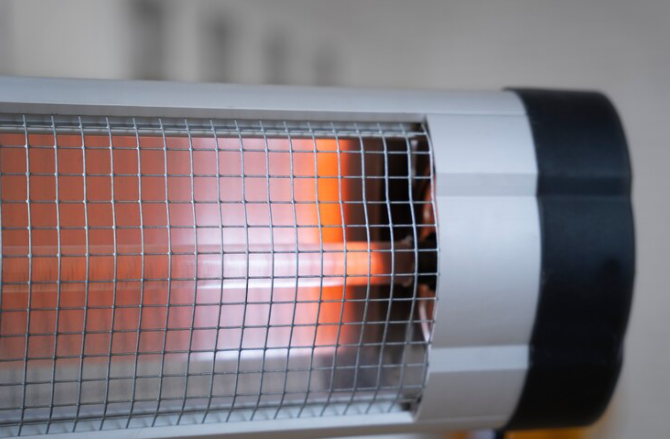The industrial sector thrives on efficiency and precision, where cartridge heaters and mica band heaters play a pivotal role. These specialized heating solutions are integral to various manufacturing processes, embodying the essence of modern industrial heating. This blog aims to shed light on the workings and applications of these heaters, illustrating their significance in industrial operations.
Decoding the Functionality of Cartridge Heaters
Cartridge heaters are cylindrical heating elements designed for high performance in demanding applications. They function by conducting heat from an electrically heated coil encased within a metal sheath. This sheath, usually made of stainless steel, ensures even heat distribution, making these heaters highly efficient. Cartridge heaters are commonly utilized in scenarios requiring high temperatures and fast heat recovery, such as in the manufacturing of plastics and rubber and in the food processing industry.
Mica Band Heaters and Their Role in Industry
Mica band heaters, in contrast, are designed for heating cylindrical surfaces like pipes and barrels. They comprise a resistive heating element wrapped in layers of mica insulation enclosed in a metal casing. This structure allows for excellent thermal conductivity and even heat distribution, which is crucial for processes like plastic extrusion and injection molding. Mica band heaters stand out for their durability and ability to withstand high temperatures, making them a reliable choice in high-heat applications.
Versatile Applications of Cartridge Heaters
The versatility of cartridge heaters is evident in their wide range of applications. They are not limited to traditional industrial use but extend to sectors such as healthcare for sterilization equipment, automotive for fluid warming, and electronics for component soldering. Their adaptability to different environments and ability to provide concentrated, precise heating makes them indispensable in many fields.
Choosing the Appropriate Heater for Your Needs
Selecting the right heater, be it a cartridge heater or a mica band heater, is critical for achieving the desired results in any industrial process. The decision hinges on various factors, including the type of application, the required temperature range, and environmental conditions. Proper selection ensures not just the effectiveness of the heating process but also contributes to the longevity and safety of the equipment.
Maintaining Heaters for Optimal Performance
Regular maintenance and proper handling are key to extending the life of cartridge heaters and mica band heaters. Routine checks for wear and tear, ensuring proper installation, and monitoring operational parameters are essential. Well-maintained heaters not only perform more efficiently but also reduce the risk of downtime and safety hazards.
Innovation in Heating Technologies
The landscape of industrial heating is continuously evolving, with advancements in the design and materials of cartridges and mica band heaters. These innovations aim to increase energy efficiency, enhance heat transfer, and prolong the operational life of these heaters. As industrial demands grow, these technological advancements ensure that heating solutions remain effective, reliable, and safe.
The Impact of Cartridge and Mica Band Heaters in Industrial Processes
Cartridge heaters and mica band heaters are more than just components; they are vital to the functionality and success of countless industrial processes. Their ability to provide targeted, efficient heating is fundamental in achieving precision and quality in manufacturing and processing industries. As the need for sophisticated heating solutions grows, the significance of these heaters in the industrial world continues to amplify.
Understanding the basics and importance of cartridge heaters and mica band heaters is crucial for anyone involved in industrial heating. These heaters play a key role in ensuring efficient, precise, and safe operations across various industries. As technology advances, their contribution to the industrial sector will undoubtedly continue to be of paramount importance, shaping the future of industrial heating solutions.







